Samsung has unveiled the latest version of its compact folding smartphone — the Galaxy Z Flip 4. Here's how the foldable device stacks up against Apple's more conventional iPhone.
As with past devices in the Galaxy Z Flip lineup, the latest iteration is a compact and fashion-forward smartphone that can fold in half similar to a flip phone. It's a nostalgic feature that brings some additional functionality, but the jury is still out on whether it's a sign of the future or a gimmick.
More than that, the Galaxy Z Flip 4 isn't an overhaul of the company's folding devices. This generation is an incremental update with only a handful of new features and upgrades compared to the previous generation.
Here's how the Galaxy Z Flip 4 compares to similarly priced iPhone models, including the iPhone 13, iPhone 13 Pro, and iPhone 13 Pro Max.
Samsung Galaxy Z Flip 4 versus iPhone 13 & iPhone 13 Pro - Specifications
| Samsung Galaxy Z Flip 4 | iPhone 13 | iPhone 13 Pro | iPhone 13 Pro Max | |
|---|---|---|---|---|
| Price | $999 | $799 | $999 | $1,099 |
| Dimensions (inches) | 6.50 x 2.83 x 0.27 (unfolded) 3.34 x 2.83 x 0.67 (folded) | 5.78 x 2.82 x 0.3 | 5.78 x 2.82 x 0.3 | 6.33 x 3.07 x 0.3 |
| Weight (ounces) | 6.60 | 6.14 | 7.19 | 8.48 |
| Processor | Qualcomm Snapdragon 8 Plus Gen 1 | A15 Bionic | A15 Bionic | A15 Bionic |
| RAM | 8GB | 4GB | 6GB | 6GB |
| Storage | 128GB. 256GB, 512GB | 128GB, 256GB, 512GB | 128GB, 256GB, 512GB, 1TB | 128GB, 256GB, 512GB, 1TB |
| Display type | 6.7-inch Dynamic AMOLED (main) 1.9-inch AMOLED (cover) 120Hz Refresh rate | 6.1-inch OLED | 6.1-inch OLED 120Hz refresh rate | 6.7-inch OLED 120Hz refresh rate |
| Resolution | 2640 x 1080 | 2,532 x 1,170 | 2,532 x 1,170 | 2,778 x 1,284 |
| Rear Cameras | 12MP ultrawide angle 12MP wide angle | 12MP wide 12MP ultrawide | 12MP wide 12MP ultrawide 12MP telephoto | 12MP wide 12MP ultrawide 12MP telephoto |
| Front Cameras | 10MP | 12MP TrueDepth | 12MP TrueDepth | 12MP TrueDepth |
| Biometrics | Side-mounted fingerprint reader | Face ID | Face ID | Face ID |
| Ports | USB-C | Lightning | Lightning | Lightning |
| Connectivity | 5G Wi-Fi 6E | 5G Wi-Fi 6 | 5G Wi-Fi 6 | 5G Wi-Fi 6 |
| Battery Size | 3,700 mAh | 3,227 mAh | 3,095 mAh | 4,352 mAh |
| Special features | Always-on display Foldable 15W wireless charging 25W wired chargin | MagSafe Dual-SIM IP68 | ProMotion display MagSafe Dual-SIM LiDAR scanner IP68 | ProMotion display MagSafe Dual-SIM LiDAR scanner IP68 |
Samsung Galaxy Z Flip 4 versus iPhone 13 & iPhone 13 Pro - Displays
The main and most obvious difference between any of the iPhones on this list and Samsung's Galaxy Z Flip 4 comes down to the displays. Samsung's Galaxy Z Flip 4 is a folding smartphone, while the iPhones are not.
Samsung's offering here sports a primary 6.7-inch display with a 120Hz variable refresh rate. Technically, it's a Dynamic AMOLED screen with a 2640 x 1080 resolution and pixel density of 426 pixels-per-inch (ppi).
Of course, the display also folds in half to make the device more portable. The "cover screen," which is usable when the device is folded, is a smaller 1.9-inch display that allows easy access to widgets, text quick replies, selfie previews, and Samsung Wallet.
Apple's displays are much more typical. The iPhone 13 and iPhone 13 Pro pack a 6.1-inch OLED screen, though only the latter has a comparable 120Hz refresh rate. The iPhone 13 Pro Max has a 6.7-inch OLED screen and also supports variable refresh rates up to 120Hz.
Samsung Galaxy Z Flip 4 versus iPhone 13 & iPhone 13 Pro - Processing
Samsung's Galaxy Z Flip 4 packs a next-generation Qualcomm Snapdragon 8 Plus Gen 1 chipset, which represents the top-of-the-line for Android chips. It's an eight-core processor built on a 4nm process.
All three of the iPhones on this list have an older A15 Bionic processor that's a hexa-core chip. Although it's older and doesn't have as many cores, Apple's chipsets routinely outperform Android chips — even if the Android's RAM and other performance metrics look better on paper.
Although benchmark tests aren't always a reliable indicator of real-world performance, they're still a good metric to look for in a compare.
In this case, the Snapdragon 8 Plus Gen 1 — equipped in a test device — scored a 1313 in single-core Geekbench 5 testing and 4147 in multi-core testing.
By comparison, the A15 Bionic had a single-core score of 1,738 and a multi-core score of 4,799 in the same Geekbench 5 tests.
Samsung Galaxy Z Flip 4 versus iPhone 13 & iPhone 13 Pro - Battery capacity
The Samsung Galaxy Z Flip 4 packs a 3,700 mAh battery capacity, which is a bump up from the prior model's 3,300 mAh. Unlike Apple, Samsung doesn't rate its batteries based on how long they'll last.
Apple's battery capacities differ depending on model. The iPhone 13 has a 3,227 mAh battery, the iPhone 13 Pro packs a 3,095 mAh battery, and the iPhone 13 Pro Max has a 4,352 mAh battery.
According to prior testing with the Samsung Galaxy Z Flip 3, it's clear that even the 3,300 mAh is enough to get through a normal day of usage. The same goes for the iPhones.
The Samsung device supports 25W fast wired charging over its USB-C port, as well as wireless charging and reverse wireless charging.
Apple's devices support both Qi wireless charging and the company's MagSafe wireless charger.
Samsung Galaxy Z Flip 4 versus iPhone 13 & iPhone 13 Pro - Cameras
When it comes to cameras, the Samsung Galaxy Z Flip 4 and the iPhones are walking out-of-step. While the foldable Samsung device has a solid camera setup, it's not necessarily able to go toe-to-toe with Apple's Pro smartphones.
The Samsung Galaxy Z Flip 4 still packs a dual-lens camera setup with a 12-megapixel ultra wide camera and a 12-megapixel wide-angle camera. It's the same setup as before, though Samsung has upgraded the sensors and pixel size in the new models.
One of the biggest complaints about the Galaxy Z Flip 3 was the fact that its cameras were subpar for the price range. When compared to the best Apple has to offer, things get shakier.
The base iPhone 13 has a similar dual-lens camera setup with a 12-megapixel wide lens and a 12-megapixel ultra wide lens. However, the iPhone 13 Pro — which has a more comparable price range — has a superior camera setup.
Apple's iPhone 13 Pro and iPhone 13 Pro Max sport a triple-lens setup that also includes a 12-megpaixel telephoto lens with optical Zoom. Combined with Apple's computational photography expertise, the iPhone 13 Pro and iPhone 13 Pro Max have some of the best cameras you can find on a smartphone today.
In other words, it isn't much of a fair comparison here.
A tough comparison — but a worthy one
The Samsung Galaxy Z Flip 4 does something no iPhone can do: it can fold in half. However, at this point, that one standout feature is still little more than a gimmick.
Although the Galaxy Z Flip 4 can fold into a more compact form factor, folding it actually doubles the thickness of the device. While having a flip-phone aesthetic is undoubtedly nostalgic, it just doesn't provide much actual value to the user. You can access handy features from the cover screen, but it doesn't do anything that you wouldn't be able to on a "normal smartphone."
At this point in time, the Galaxy Z Flip 4 still feels more like an experiment than an actual usable device. Comparing it to one of the best-selling smartphones on the market — the iPhone 13 — just feels distinctly unfair.
Unless you're desperate for nostalgia or you want to be a trend-setting early adopter, your money is much better spent on an iPhone 13 Pro than the Samsung Galaxy Z Flip 4.
We'll be examining the Galaxy Z Flip 4 in more depth soon.
Deals on the Flip 4 and iPhone 13
At press time, Samsung is offering numerous incentives on the Galaxy Flip 4, including free Samsung credit and accessories. You can also order the Flip 4 on Amazon.
Wireless carriers are offering deals on the iPhone 13 and 13 Pro, with trade-in offers knocking up to $800 off the popular phones. You can check out our roundup of the best iPhone deals, or head over to AT&T and Verizon directly to shop the specials.
 Mike Peterson
Mike Peterson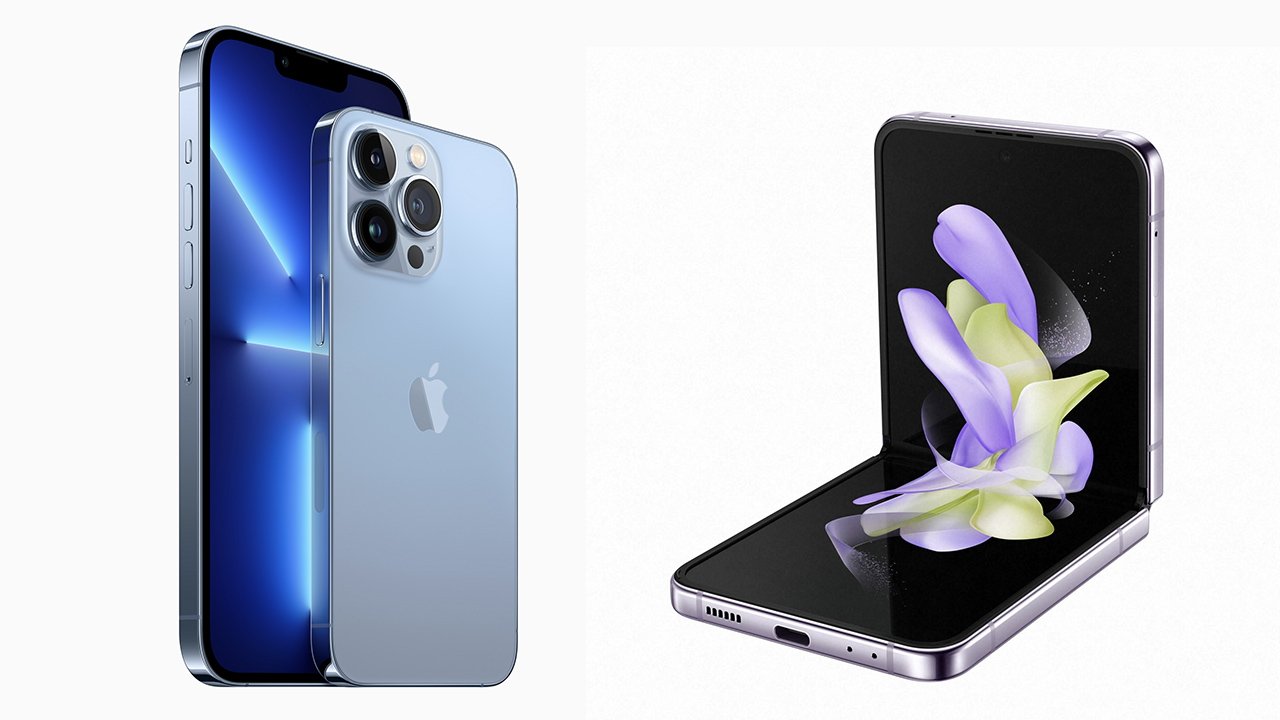
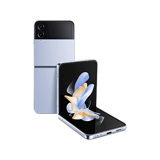
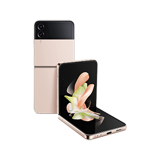
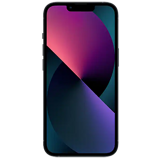
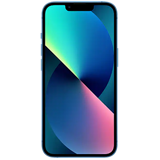
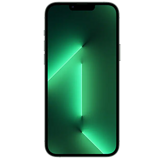
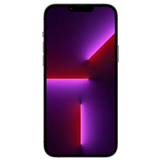
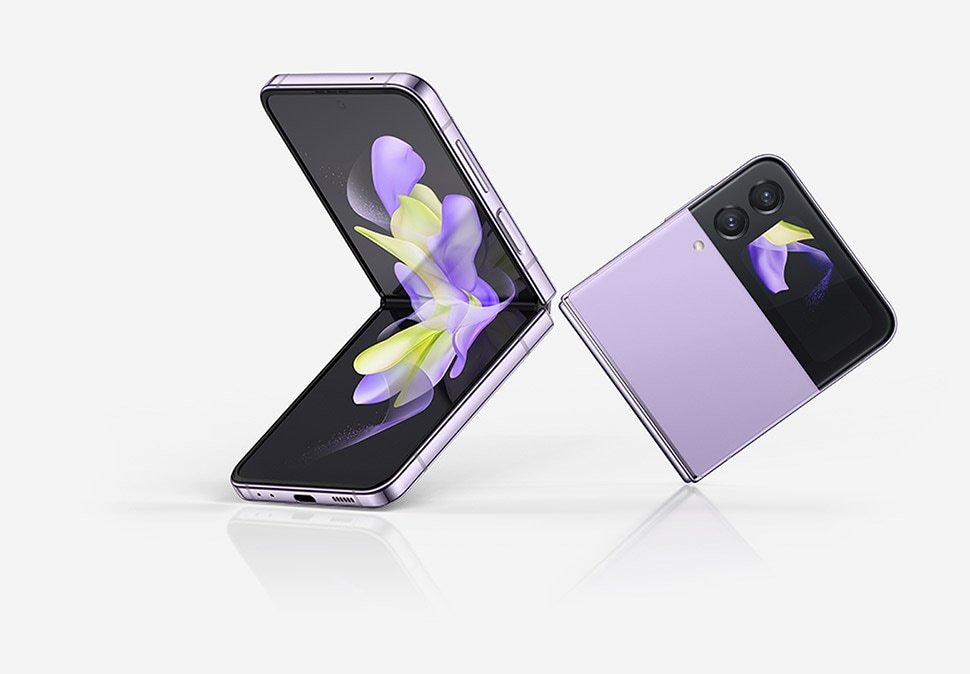
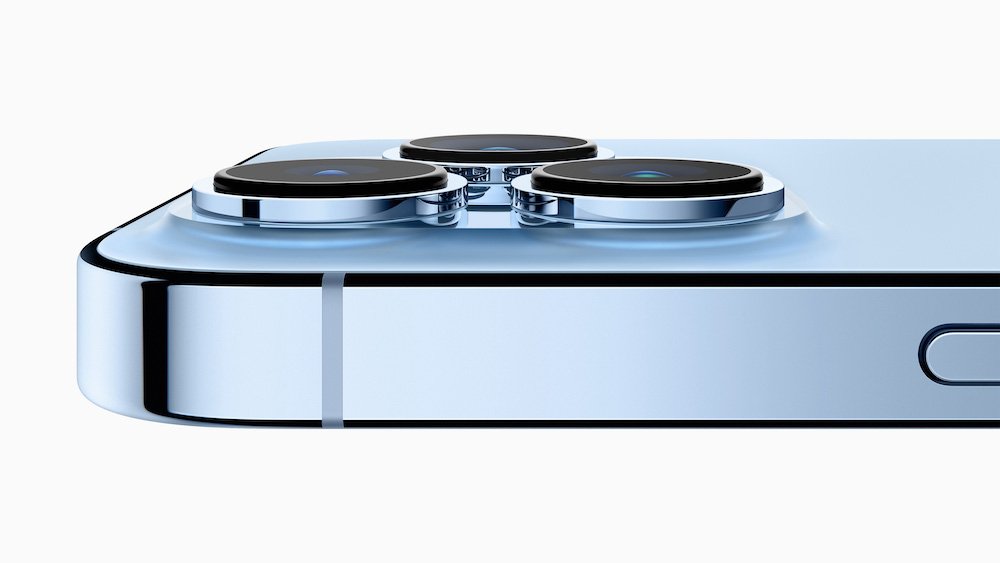







-m.jpg)






 Bon Adamson
Bon Adamson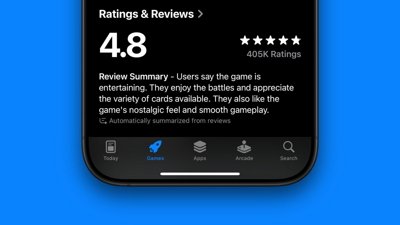
 Marko Zivkovic
Marko Zivkovic
 Wesley Hilliard
Wesley Hilliard
 Amber Neely
Amber Neely

 Malcolm Owen
Malcolm Owen
 William Gallagher
William Gallagher

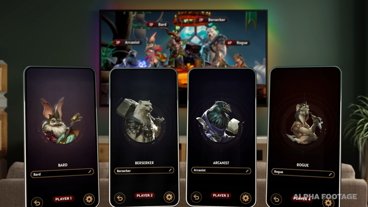
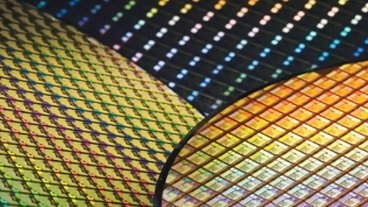


-m.jpg)



2 Comments
I'll never be a direct Samsung customer, on principle alone, but I just give them credit for creating some truly amazing technology. The flip design has always been useful for mobile phones, and the Flip 4 makes it even more useful. I love the idea of having the phone self-standing to take photos. That's something that's difficult with my iPhone.
When Apple launches the iPhone Flip, and the iPhone Fold, there will be no crease. The crease will have decreased to be creaseless.